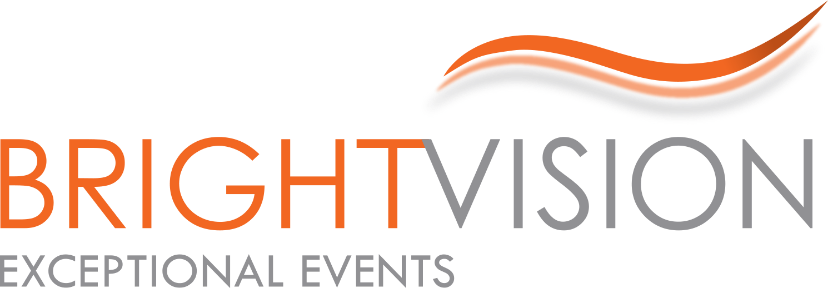8 ways in which communication plays a pivotal role in successful team building.
Team building activities are important because they help to improve team performance, and effective communication is right at the heart of successful team building within the corporate environment. Clear and open channels of communication enable teams to collaborate effectively and align their efforts to achieve the required goals, whilst fostering a culture of trust and mutual respect between the team members. In this article, we look at 8 ways in which effective communication plays a pivotal role in successful team building.
-
Establishing Clear Communication Channels
One of the main ways to help promote effective team building is to establish clear communication channels within the team, whether in the workplace or as part of external team building activities. This includes setting up regular team meetings, and utilising digital platforms, for example, to ensure that information flows freely, quickly and transparently to every team member. This means that everyone in the team can stay informed and engaged.
-
Encouraging Active Listening
Active listening is an essential skill for effective communication within a team. Encouraging team members to actively listen to one another ensures that everyone’s ideas and opinions are heard and valued. By actively listening, team members can better collaborate and solve problems together. External team building activities can be used to help improve listening skills, which leads to a better understanding of the task in hand, whilst building a culture of mutual respect.
-
Creating an Environment for Expression
Creating an environment where team members feel comfortable expressing their thoughts, concerns, and opinions is important for encouraging open communication. Team building activities can help facilitate honest dialogue and break down communication barriers. When team members feel safe to express themselves, it promotes a sense of trust and collaboration.
-
Clearly Defining Team Goals and Responsibilities
Clear communication is vital when it comes to defining team goals, objectives, and individual responsibilities. By clearly outlining these, confusion and misunderstandings can be avoided. Team building activities can be used to align team members’ understanding of shared goals and individual roles, engendering a sense of collective purpose and accountability.
-
Providing and Receiving Constructive Feedback
The exchange of constructive feedback is essential for continuous improvement within a team. Team building activities can help develop feedback skills and encourage a culture of constructive criticism aimed at enhancing performance and collaboration. By providing and receiving feedback, team members can grow and improve together.
-
Developing Non-Verbal Communication Skills
Non-verbal communication plays a significant role in effective team building. Team building activities that focus on non-verbal communication skills can help team members become more aware of these cues and improve their ability to interpret and convey messages effectively. This can be particularly valuable in cross-cultural or global team settings.
-
Promoting Cultural Sensitivity and Inclusivity
In today’s diverse workplaces, promoting cultural sensitivity and inclusivity is important for fostering understanding and appreciation of different perspectives. Team building activities that incorporate cultural awareness and inclusivity can lead to stronger team cohesion and a more harmonious work environment. By valuing and respecting diverse backgrounds, teams can harness the power of diversity to drive innovation and success.
-
Celebrating Successes
Celebrating team successes, both big and small, is an important aspect of team building. Recognition and celebration of successes will lead to a positive and motivating work culture, boosting team morale and reinforcing the value of collective effort. By acknowledging and celebrating achievements, teams can build a sense of camaraderie and motivation to continue striving for success.
Some examples of our Team Building activities
Here are some examples of team building activities that we offer, which can help you and your business develop team-working as part of your aim to build a high-performing team:
- The Escape Room: This activity involves teams working together to solve puzzles, one by one, so that they can escape from a locked room – our Escape Room event is set during the 1930s era of Al Capone’s Chicago. This activity requires communication and problem-solving skills, and above all, teamwork.
- The Labyrinth. This is a versatile team challenge where teams must work together to solve the physical and intellectual challenges that are presented to them. Co-operation and communication are key to beat the Labyrinth.
- Masterpiece Creation. Teams must work collaboratively, with each team member being responsible for painting one part of a ‘masterpiece,’ but all the pieces must fit together to deliver the finished item. This cannot be done without effective communication.
Team building activities should be seen as part of an ongoing process of continuous improvement in communication and team dynamics. By incorporating the above 8 strategies into their approach, corporate event organisers and professionals can create a more cohesive and high-performing team, ultimately leading to greater success for their companies.
Effective communication is the foundation of successful team building. By prioritising clear and open communication, fostering active listening, and promoting a culture of inclusivity and celebration, corporate teams can enhance their communication skills and strengthen their bonds, driving greater success in their endeavours.
Take a look at these case studies of successful team building activities we have run for our clients:
- Creative Team Building Event at Geberit Sales Ltd’s Annual Sales & Marketing Conference
- Virtual Team Building Event the ‘Best We Have Had’
- Case Study for Amazing Creative Team Building Event
